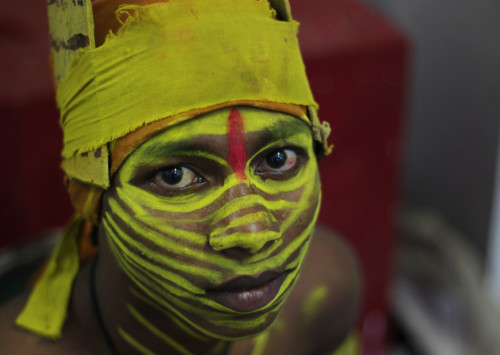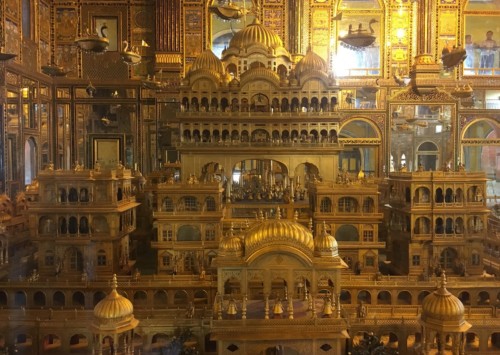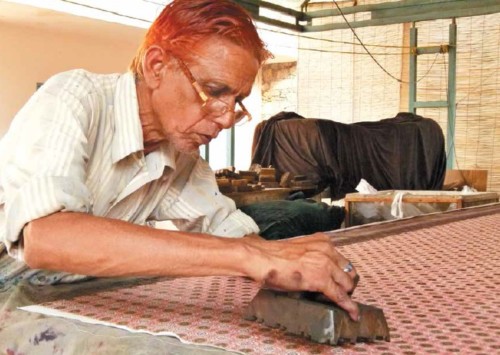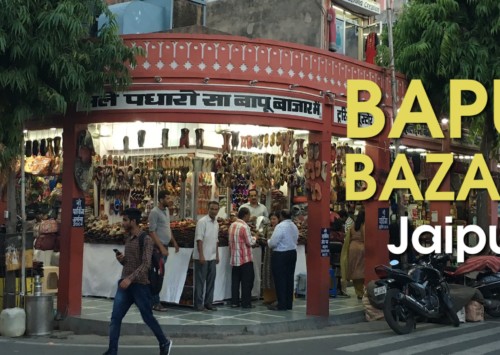Phad: Mythical heritage of Bhilwara
Depicting mythological sagas, phad is a style of folk painting which is presented by theatre artists in the form of a colourful recital.
In Bhilwara, a city in the north-western Indian state of Rajasthan one can find the remains of one of the ten recognised folk-art paintings of India. Phad has its roots in the city, whose local heroes Pabuji and Devnarayan make for the central characters of the running narrative of these paintings.
Pabuji and Devnarayan are believed to have done good deeds for their community, and thus have found small temples dedicated to them in villages.
The Phad used for painting narrations of Pabuji is 15 feet in length, while those of Devnarayan are about 30 feet. Another interesting feature is that the figures in the paintings do not face the audience, but each other instead.
Unique in their formation, the paintings follow a stylistic pattern in how the characters are placed or portrayed, and in the colour scheme. The artists ensure optimal usage of all the space on the canvas for the depiction of the story.
“The unique thing about the canvas is that the fabric is hand-spun cotton, which is later starched to give it the right texture for painting. The colours used are all organic, sourced from vegetables and Earth,” explains Kalyan Joshi, a leading Phad artist.
Phad painting has been in Joshi’s family for 750 years, passed over generations. While there was a time when the family kept the nuances of the art to themselves, Joshi now travels the world teaching students and runs an art school called Chitrashala to pass on the legacy.
He has also modernised the art by painting popular Hindu mythological stories of Ramayana, Mahabharata, Krishna Leela, Meghdoot, Panchtantra, among others, and introducing the use of real gold for painting.
“On some of them I also write text as an explanation of the artwork. This style is inspired by graphic novels, and is adding to the popularity and understanding of Phad amongst the new generation,” says Joshi.
The unique art form is known for its vibrant colours, and the intricacy of storytelling- the painting itself and the accompanying musical folk performance.
The display of Phad is accompanied by an oral tradition of rendering the gatha or story performed by Bhopa and Bhopi or the priest and his wife. They dance wearing ghungroos-anklets worn in traditional Indian dances, and play the ravanhatta– a two-string instrument. After the aarti– invocation of the goddess, by the couple, the singing begins with a lot of fanfare and drama.
Typically, the Bhopas would commission the Joshis to make a Phad for them, with which they travel and perform, but now artists individually work on these pieces of art.
Devotees believe that the Phad is a living temple and hence hold it in spiritual reverence, as against the art appreciators, who visit its display in modern galleries in cities, in order to try and understand its real value.













